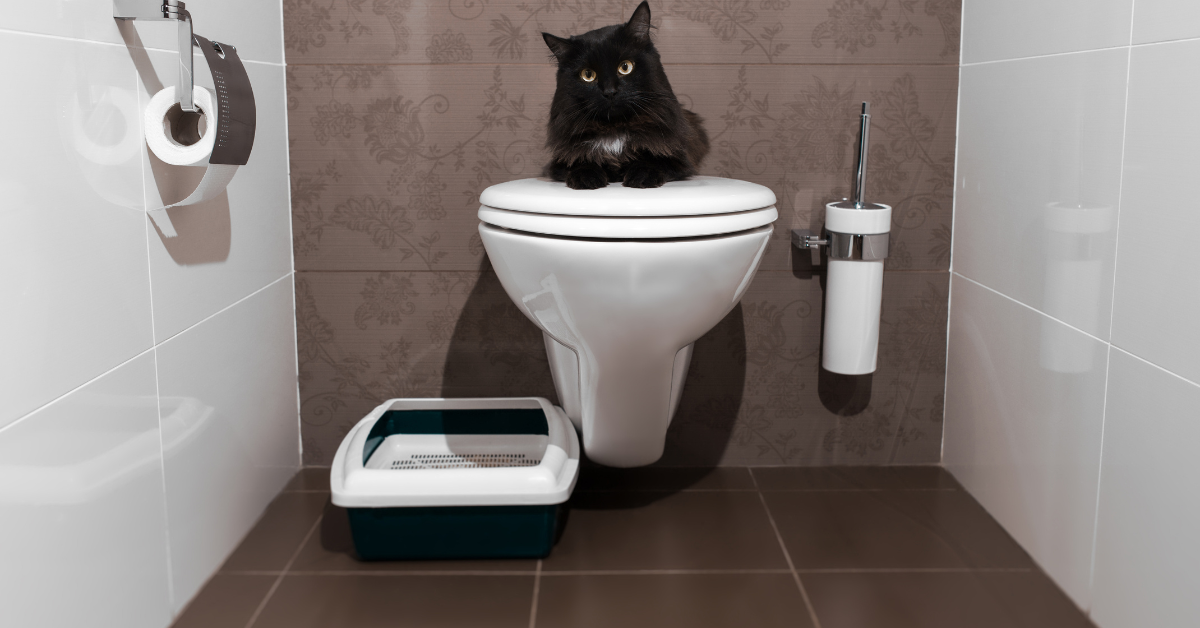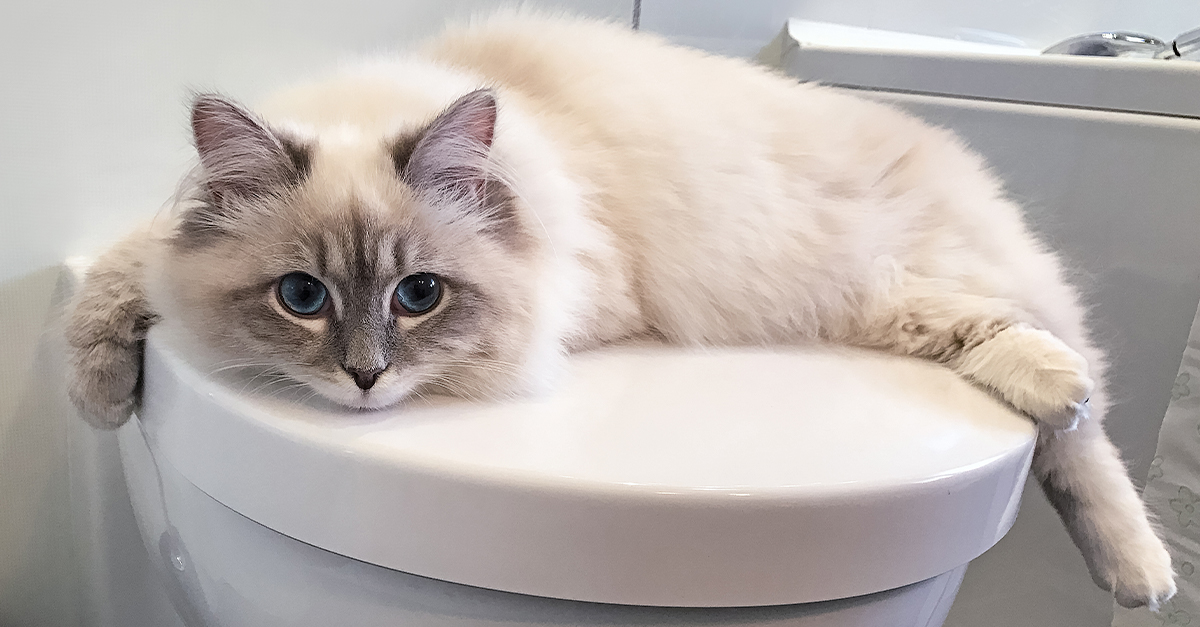Learning the Risks of Flushing Animal Waste Down the Toilet
Learning the Risks of Flushing Animal Waste Down the Toilet
Blog Article
What are your thoughts and feelings on Don't Flush Your Pets Poo Down The Loo, Vet Warns?

When it pertains to getting rid of waste, specifically animal waste, lots of people frequently turn to the convenient choice of flushing it down the commode. However, this relatively very easy solution can have severe consequences for the atmosphere and public health. In this write-up, we'll explore why flushing animal waste down the bathroom is a poor concept and give alternative methods for proper disposal.
Introduction
Appropriate garbage disposal is vital for keeping environmental sustainability and public health. While it may seem harmless to purge animal waste down the commode, it can bring about numerous problems, both for the atmosphere and human well-being.
Dangers of flushing animal waste
Environmental influence
Purging animal waste introduces unsafe microorganisms and microorganisms into rivers, which can negatively affect aquatic ecosystems. These virus can contaminate water resources and damage aquatic life, interrupting delicate environments.
Public health concerns
Pet waste contains harmful germs such as E. coli and Salmonella, which can pose major health threats to humans. Flushing pet waste down the bathroom can infect water products, leading to the spread of illness and infections.
Alternatives to flushing
As opposed to flushing animal waste down the commode, there are several alternate disposal approaches that are more environmentally friendly and sanitary.
Composting
Composting animal waste is an eco-friendly way to take care of it. By composting, raw material is broken down right into nutrient-rich dirt, which can be made use of to feed gardens and plants.
Garbage dump disposal
Taking care of pet waste in a garbage dump is one more option. While not as eco-friendly as composting, it is a much safer alternative to flushing, as it check here protects against the contamination of water resources.
Pet garbage disposal systems
There are specific pet waste disposal systems available that safely and hygienically get rid of animal waste. These systems often use enzymes to break down waste and remove odors.
Actions to proper pet waste disposal
To ensure appropriate disposal of animal waste, follow these actions:
Scooping and nabbing waste
Frequently scoop and bag pet waste making use of naturally degradable bags. This protects against waste from contaminating the setting.
Using designated waste bins
Dispose of bagged animal waste in assigned waste containers, such as garden compost containers or garbage dump containers. Avoid flushing it down the toilet at all costs.
Cleaning can and pet areas frequently
On a regular basis clean litter boxes and pet locations to avoid the accumulation of waste and bacteria. Usage pet-safe cleaning products to keep health.
Advantages of correct disposal methods
Taking on appropriate disposal approaches for pet waste provides numerous advantages:
Reduced environmental pollution
Proper disposal approaches decrease the threat of environmental pollution, securing waterways and ecological communities from contamination
Reduced threat of water contamination.
By avoiding flushing animal waste down the bathroom, the threat of water contamination is substantially lowered, guarding public health.
Boosted sanitation and hygiene
Appropriate disposal techniques advertise far better hygiene and health, developing a safer environment for both humans and pets.
Verdict
Finally, purging pet waste down the commode is unsafe to the atmosphere and public health. By embracing different disposal techniques and complying with appropriate waste management practices, we can reduce the unfavorable impact of animal waste and contribute to a cleaner, healthier planet.
What To Do With Dog Poo – The Do's And Don'ts Of Disposing Of Faeces
Dog poo bins
Some councils provide dedicated dog waste bins in popular dog-walking areas that can take dog poo that has been bagged but you can legally dispose of dog waste in any public litter bin, as long as it is securely bagged. This also applies to your wheelie bin at home.
Do not flush
Water companies do not recommend flushing dog faeces down the toilet because certain parasites can survive the water processing treatment and are potentially harmful to humans. You should also never consider flushing dog poo that has been bagged down the toilet as the bags will not break down and instead create severe blockages in the sewage system.
In the woods
The Forestry Commission promotes a ‘stick and flick’ method for dealing with waste in the woods. This means finding a stick and using it to flick any poo from off the path so that it is out of the way of other walkers. You could also bury it as long as it is not in an area where there might be livestock.
Livestock
Parasites found in dog poo can be transmitted to livestock if they inadvertently eat infected faeces that has been left on grazing land. This could result in the death of sheep or abortion in cattle so you should always make sure you pick up your dog’s waste in fields where livestock could be present.

I'm very involved in Why you should never flush dog poop down the toilet and I'm hoping you enjoyed reading the new blog entry. Are you aware of another person who is truly interested in the subject? Please feel free to share it. Thanks for going through it.
Call Report this page